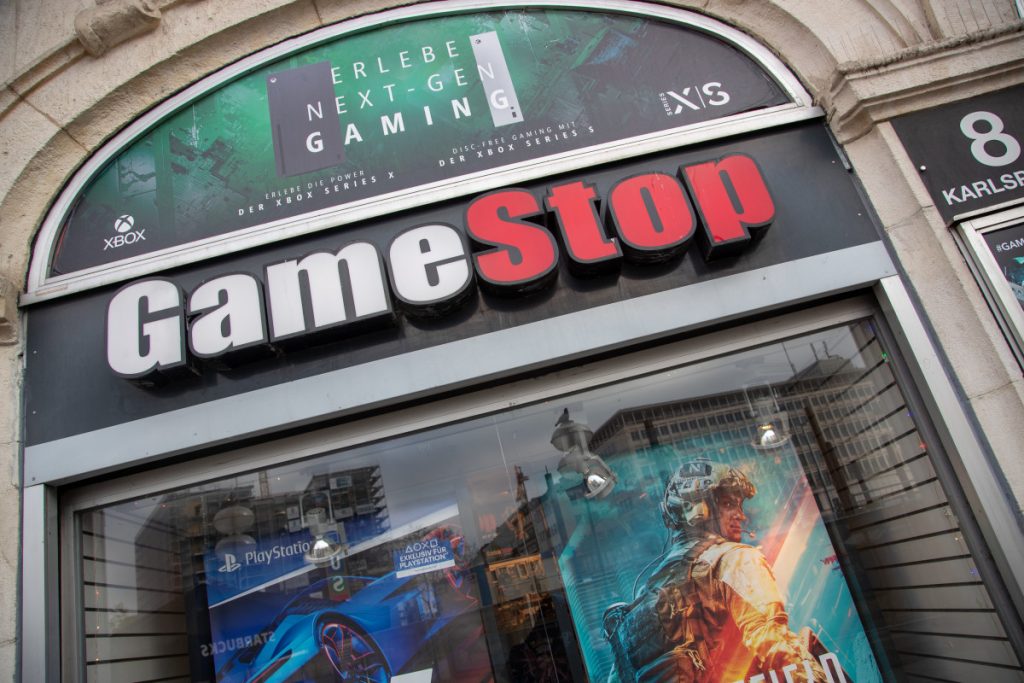
It was a picture suitable for framing.
There they were, side by side: GameStop (GME) CEO Ryan Cohen and Michael Saylor, co-founder of software company Strategy (MSTR) (formerly MicroStrategy), posing in a Feb. 8 photo posted on Cohen’s X account.
💵💰Don’t miss the move: Subscribe to TheStreet’s free daily newsletter 💰💵
Strategy is the largest corporate holder of bitcoin, and shares of both companies surged after the image went public on speculation that the videogame retailer might embrace crypto.
“GME like hundreds of other companies will buy bitcoin to save their company from dying on a dollar standard,” Bitcoin Mindset commented in response to the photo.
“Ohhhhh boiiiiiii,” JonnieKing said on X. “Is $GME adding $BTC to their balance sheet !?”
Funny you should ask. On March 25 GameStop reported fourth-quarter results and said it was adding the world’s largest cryptocurrency to its corporate investment policy.
Of course, GameStop is the poster child for the meme-stock short squeeze phenomenon of 2021, when retail investors on forums like WallStreetBets started buying shares, causing a sudden and sharp rise in the stock’s price.
Hedge funds that had sold the company’s stock short were forced to buy back shares at much higher prices to cover their positions, and several major hedge funds sustained heavy losses.
GameStop handily beat Wall Street’s earnings expectations on March 25, posting profit of 30 cents a share, more than triple the analyst consensus figure of 8 cents. The company had reported adjusted earnings of 22 cents for the year-earlier quarter.
But GameStop missed expectations on revenue, posting $1.28 billion, a 28.5% decline year-over-year and short of analysts’ call for $1.48 billion.
2025 stock market forecasts
Bitcoin is down 8.4% year-to-date and up 24% from a year ago. GameStop shares closed regular March 26 trading up nearly 12% at $28.36, more than double the $13.17 close a year ago.
Stephen Guilfoyle said in his recent TheStreet Pro column that GameStop “did an excellent job of cutting back on both the cost of sales and operating expenses, which boosted margins sharply.”
